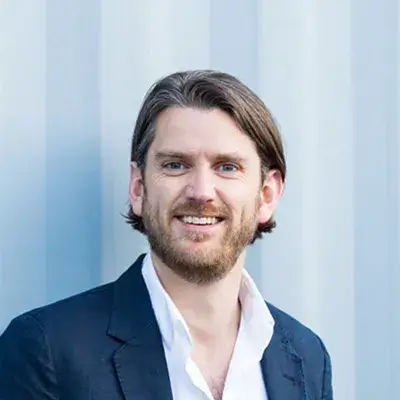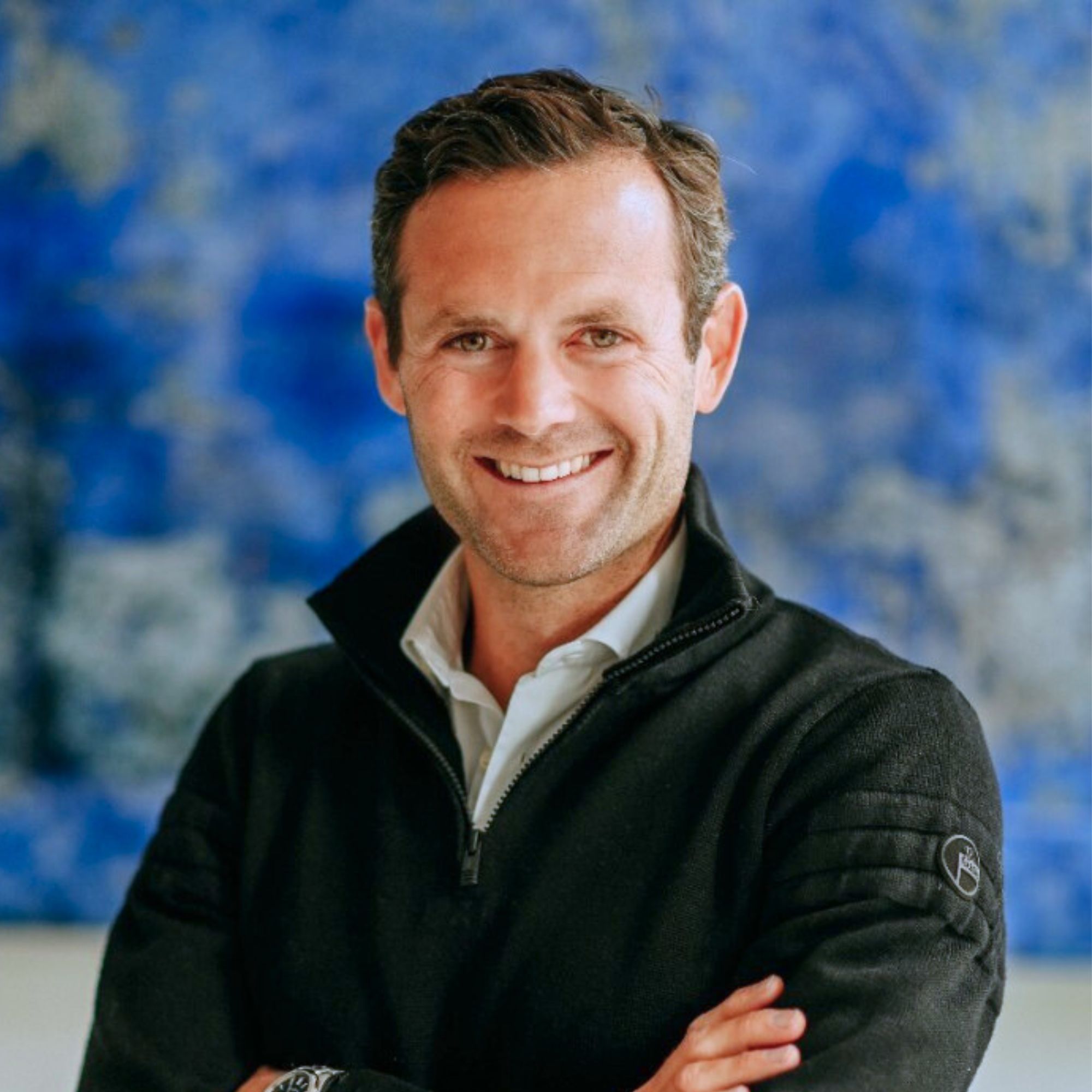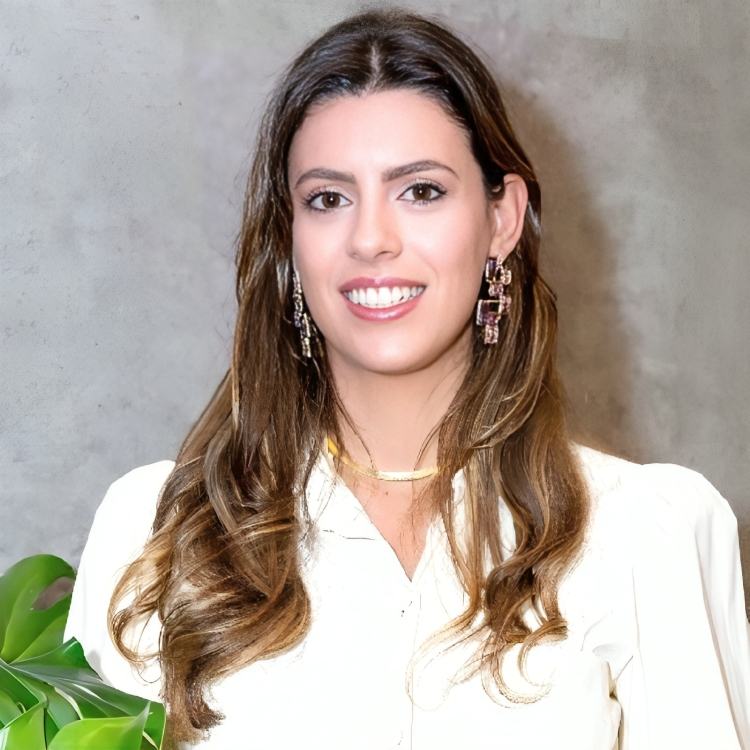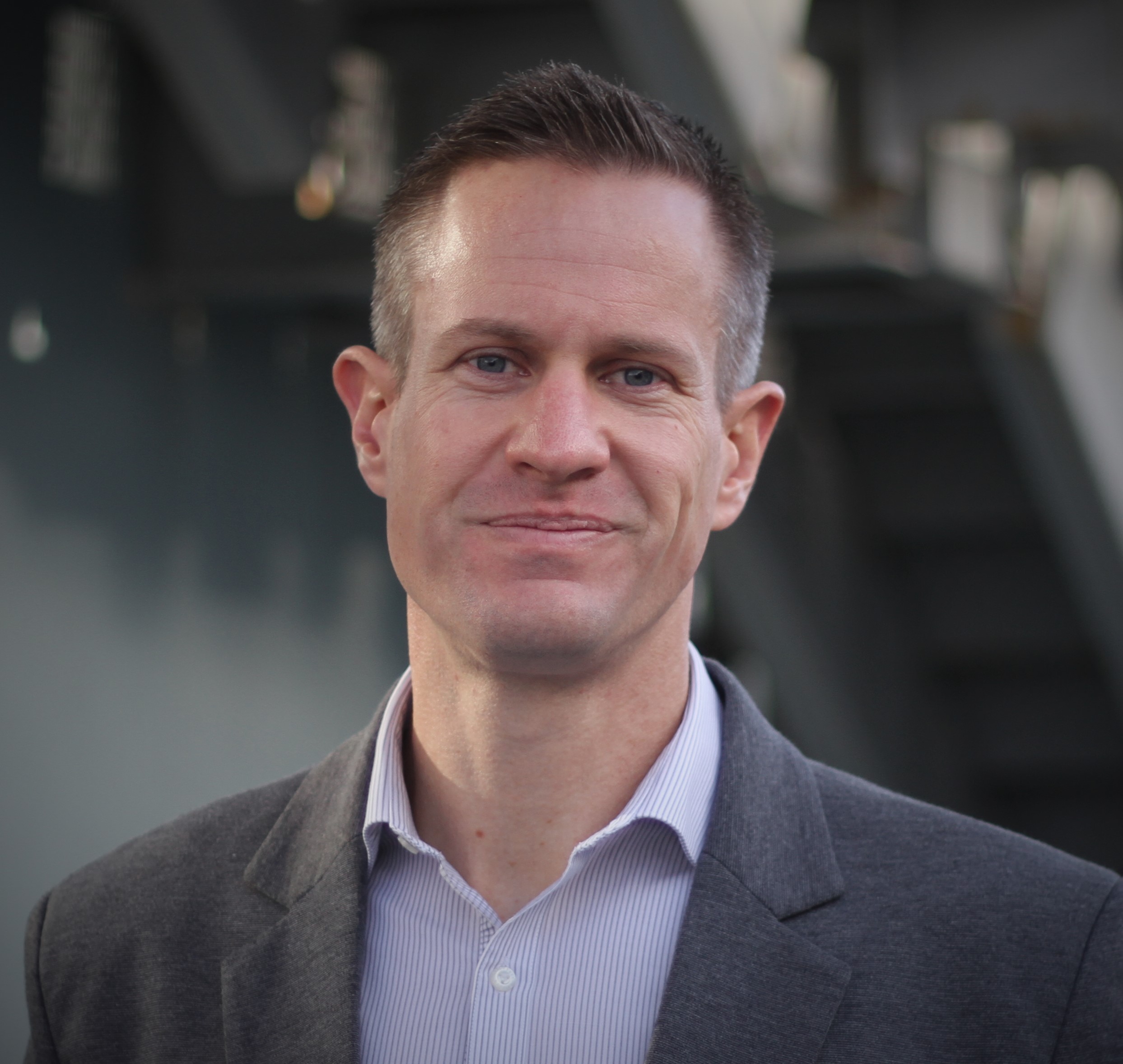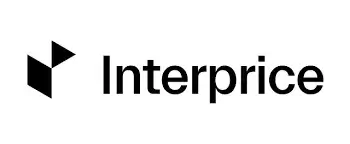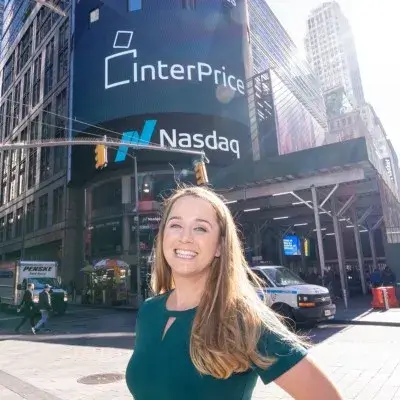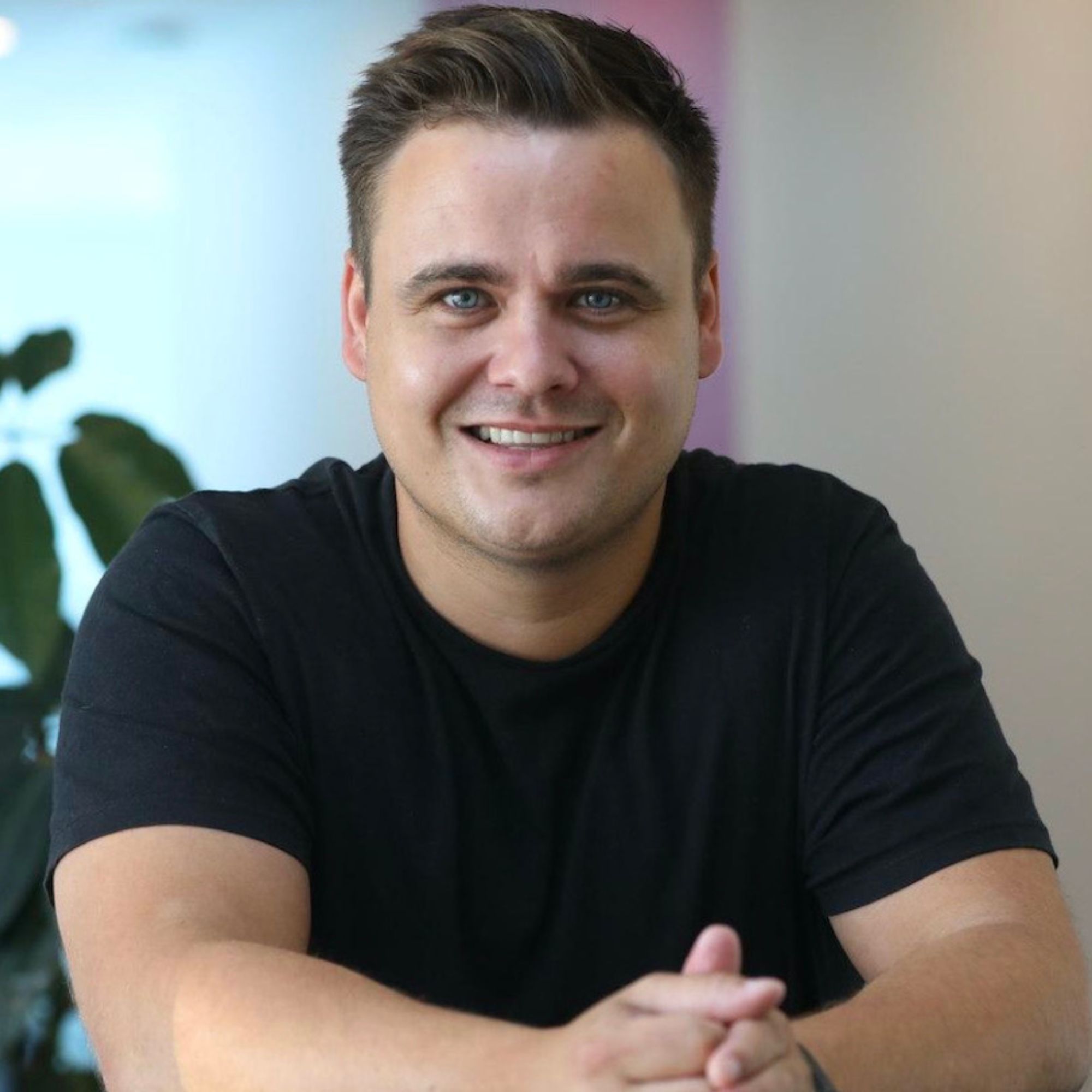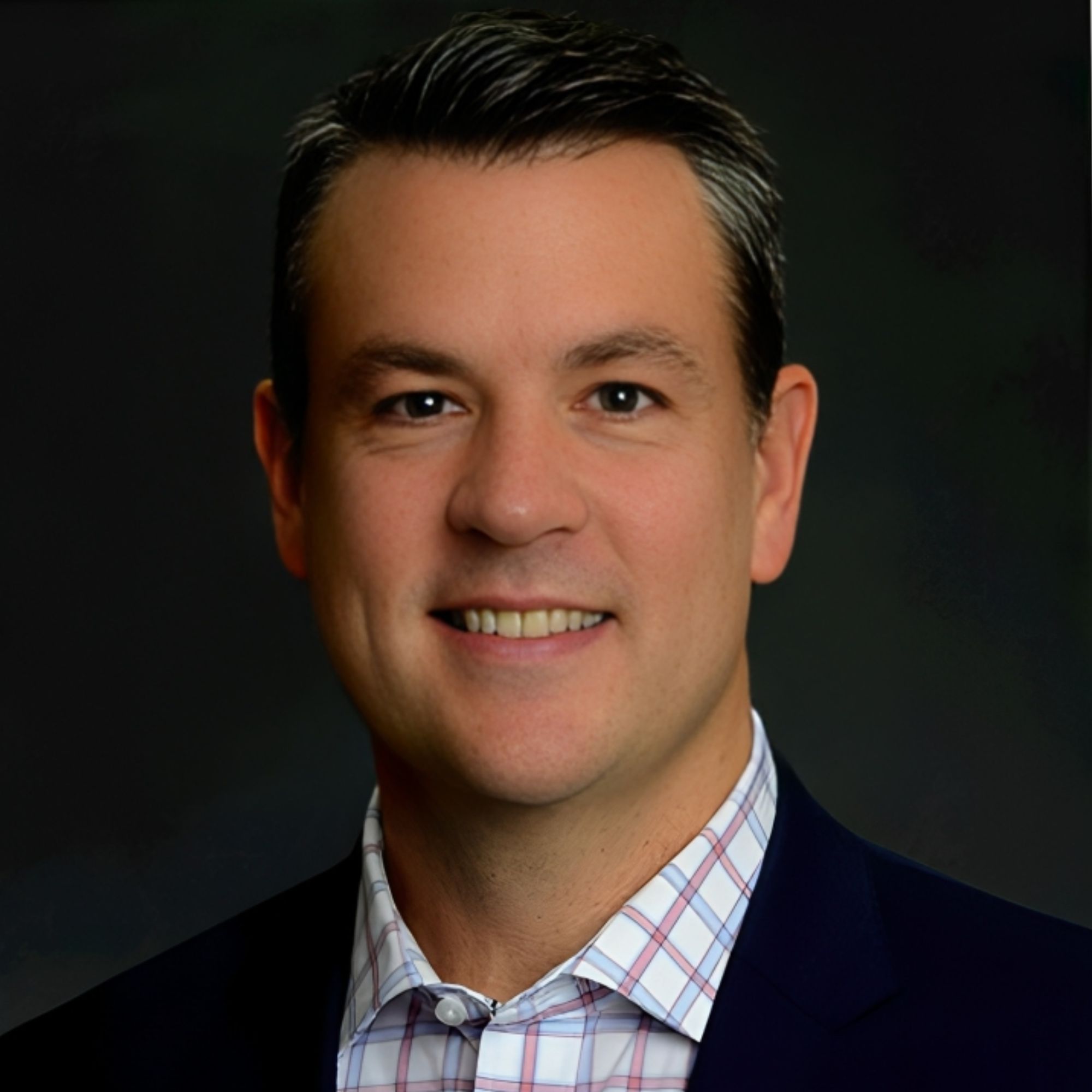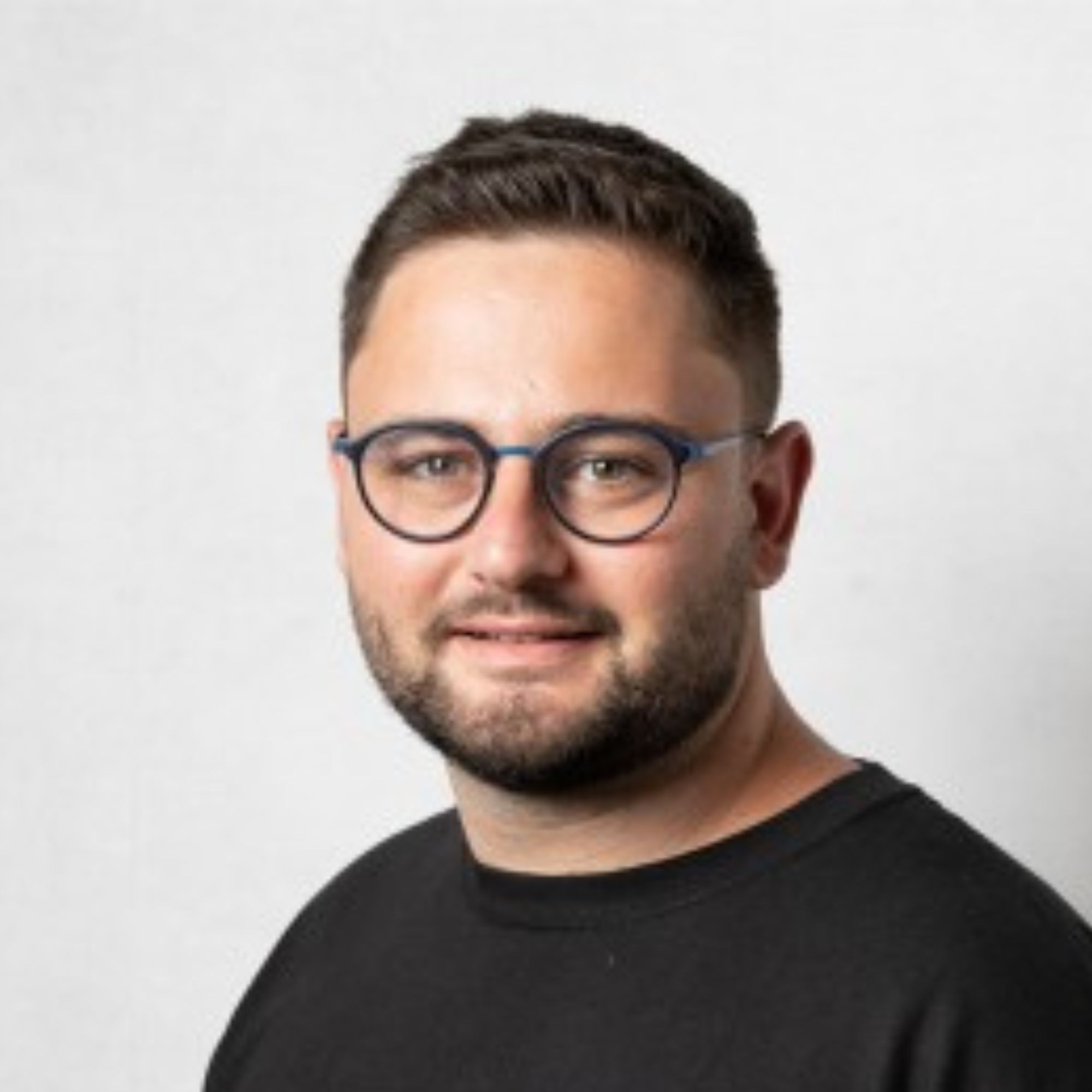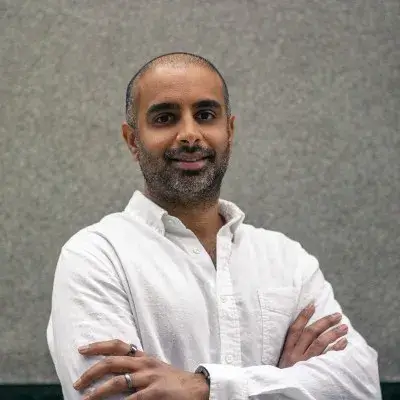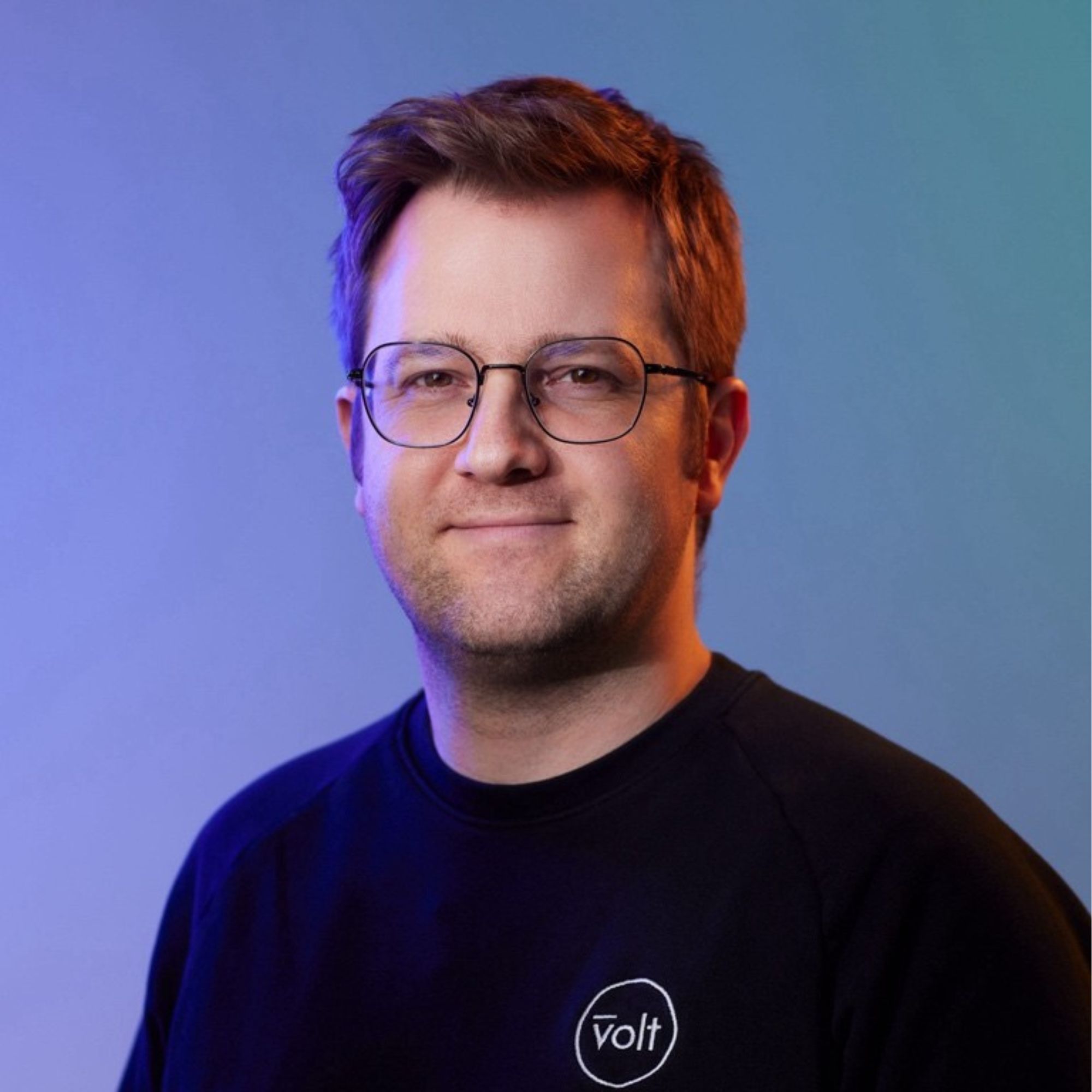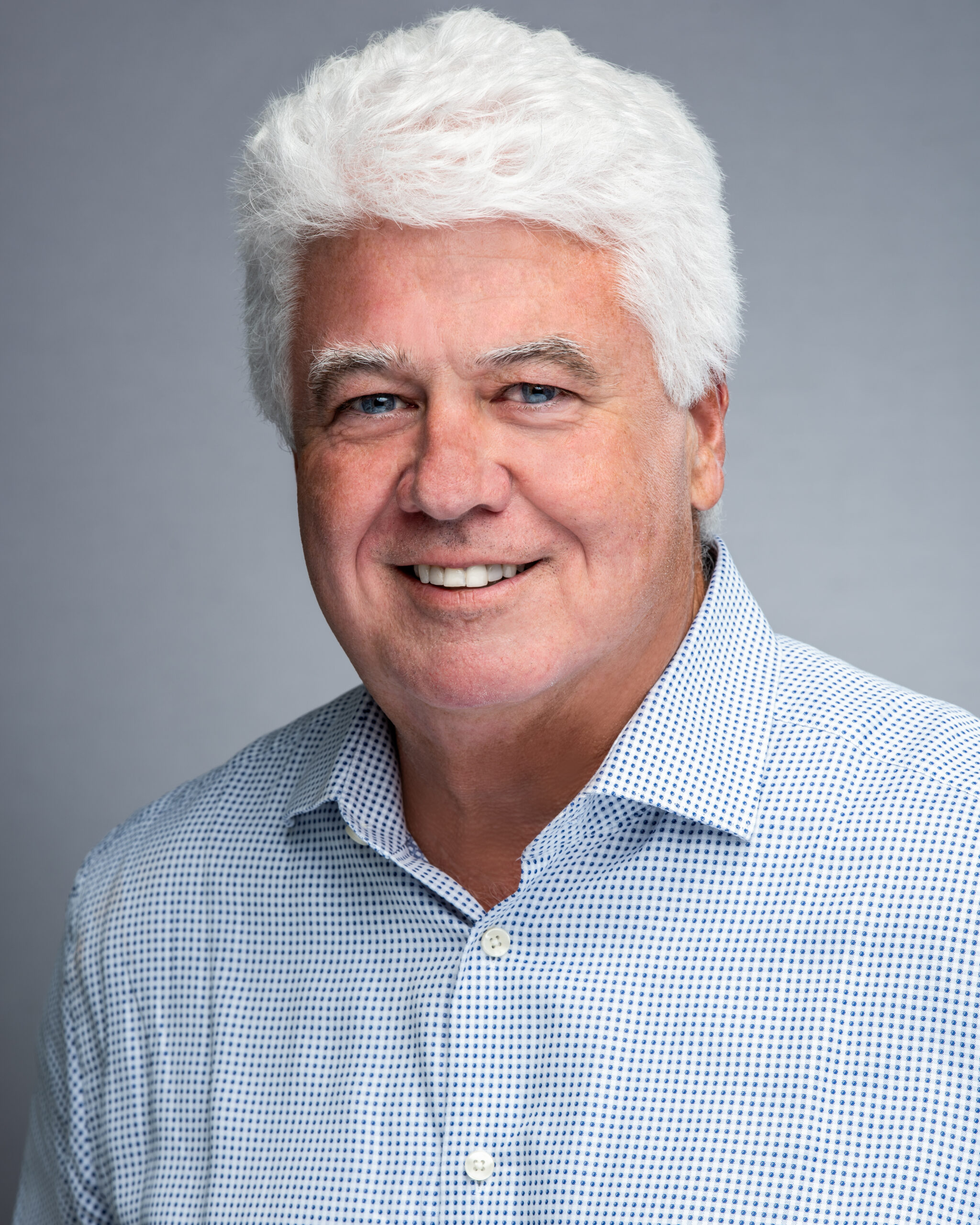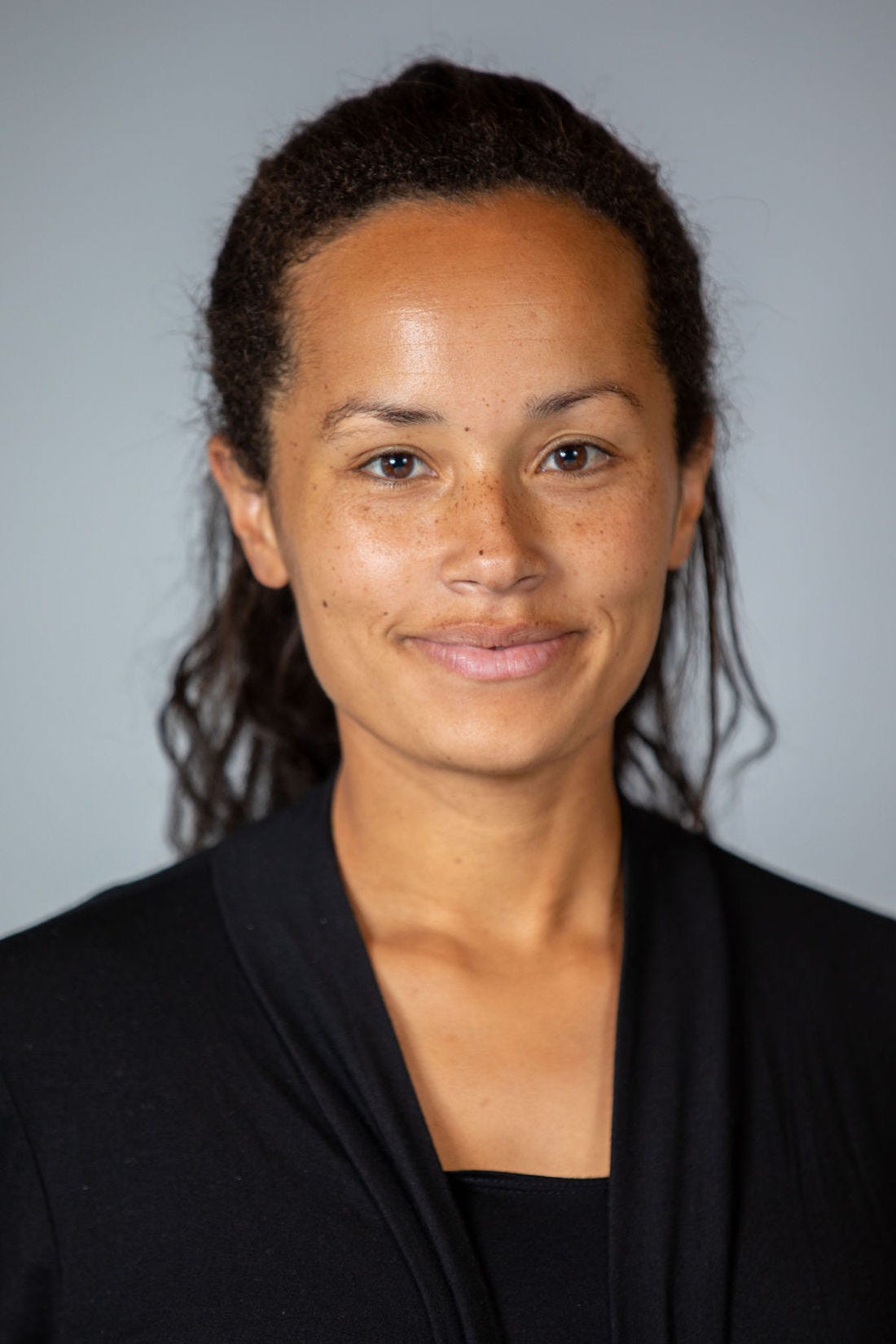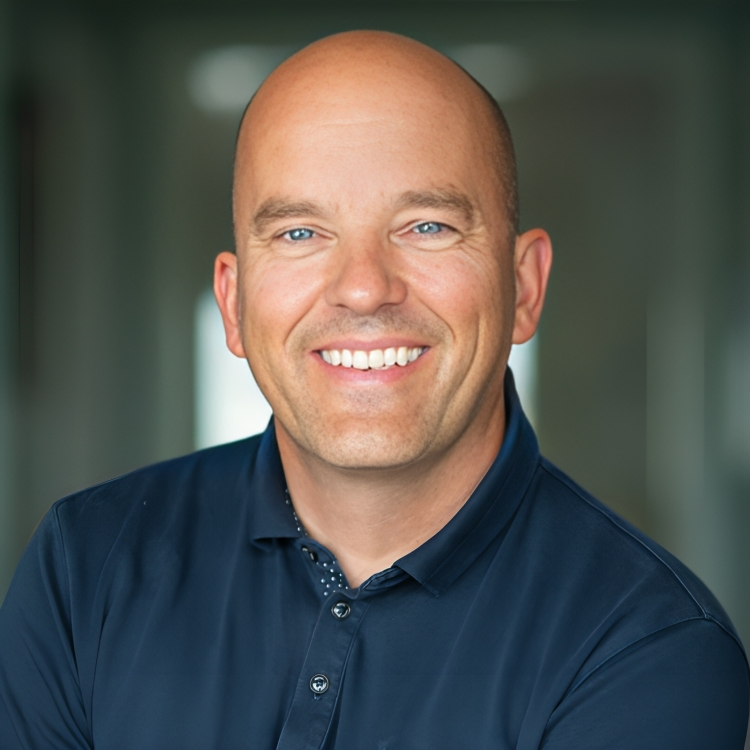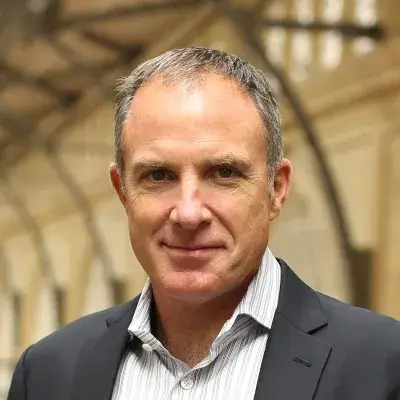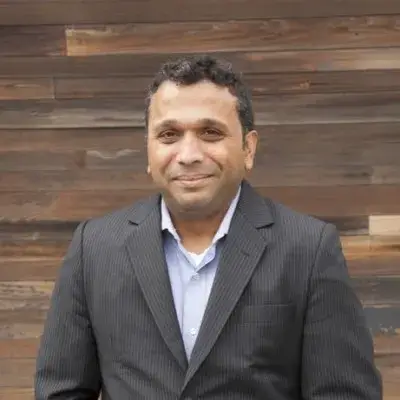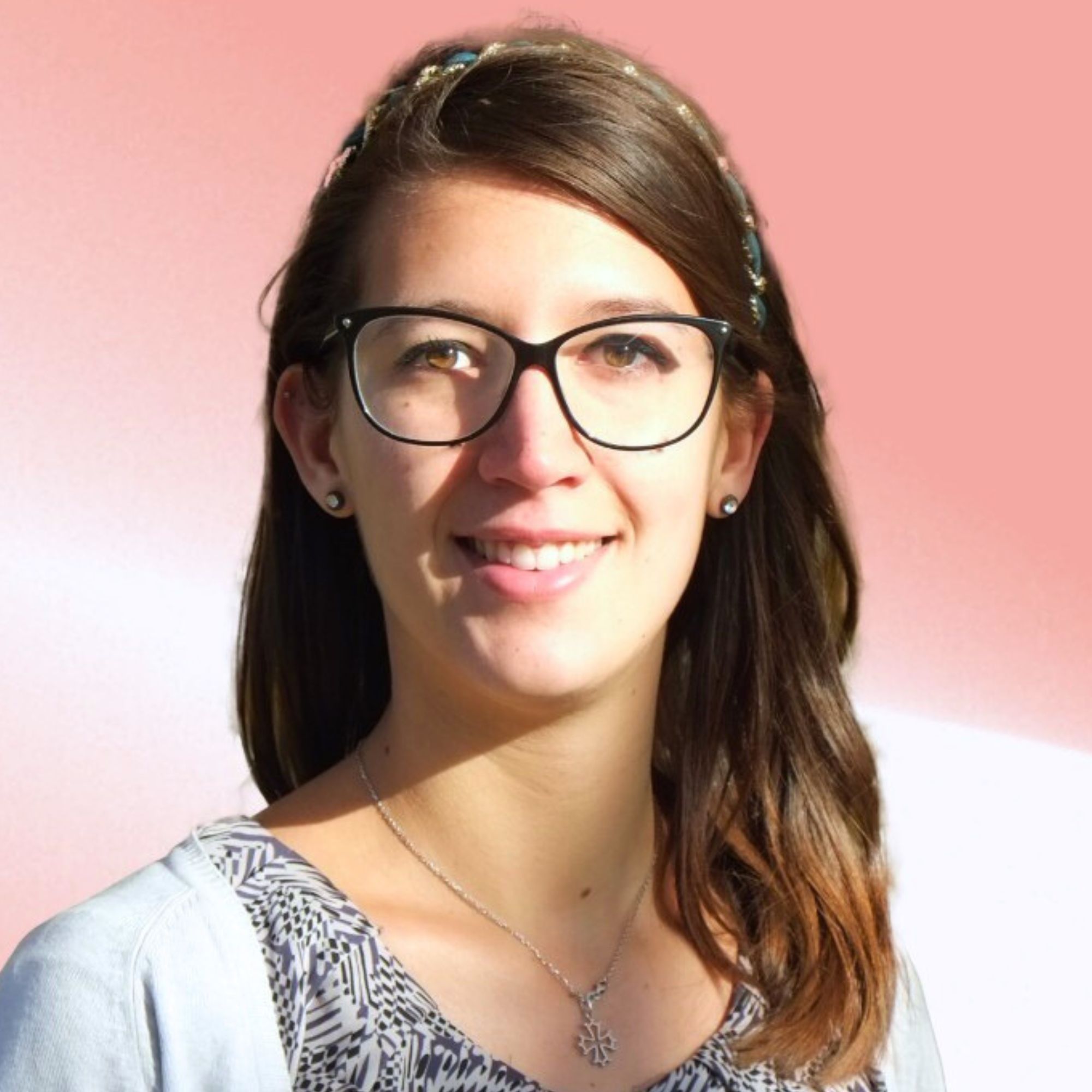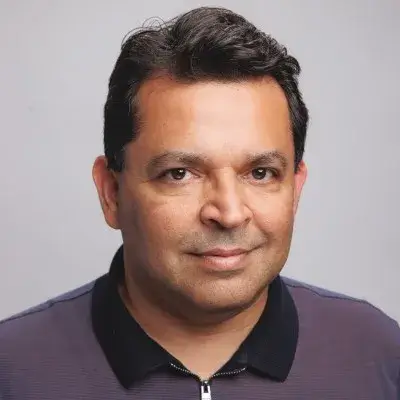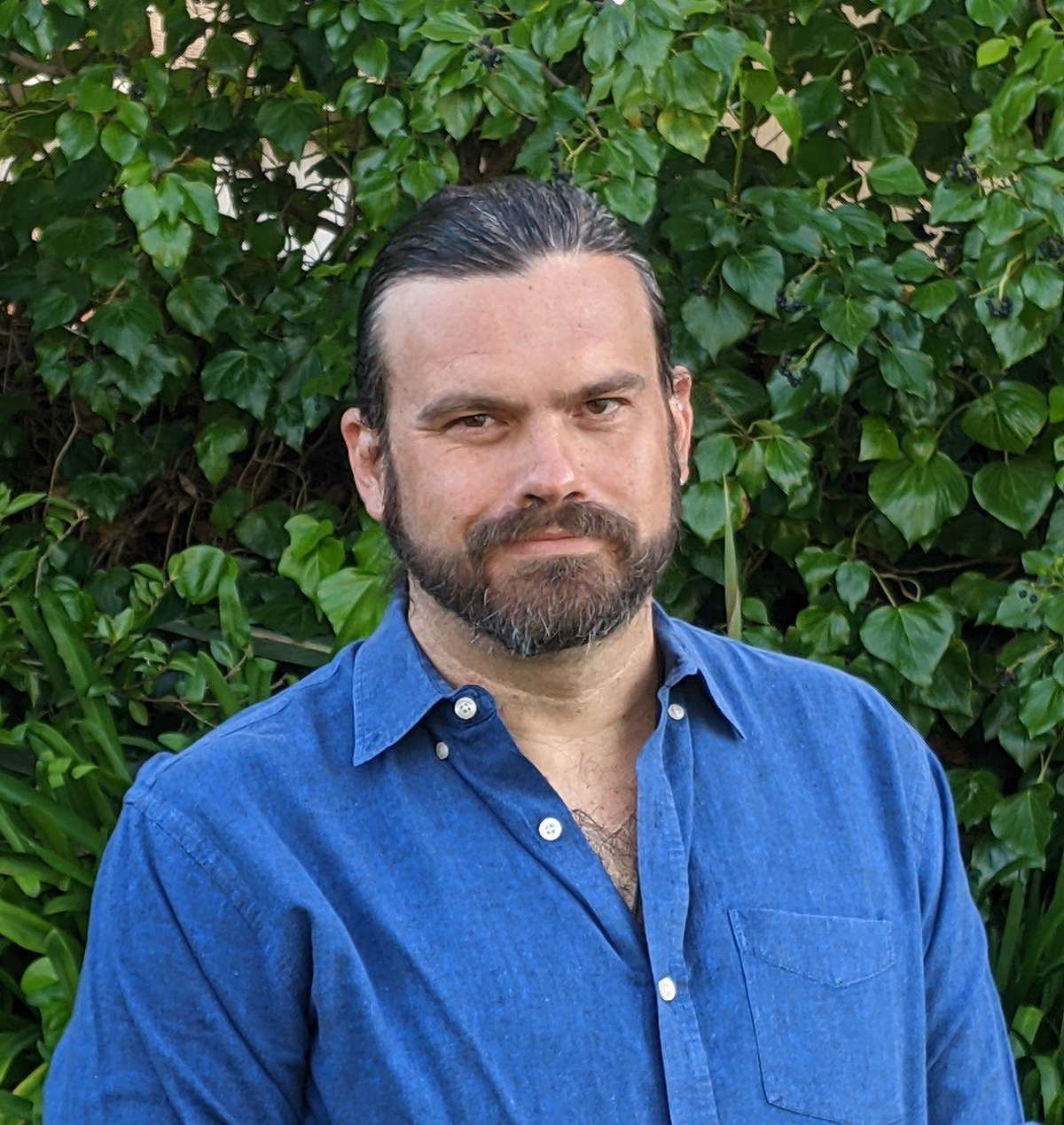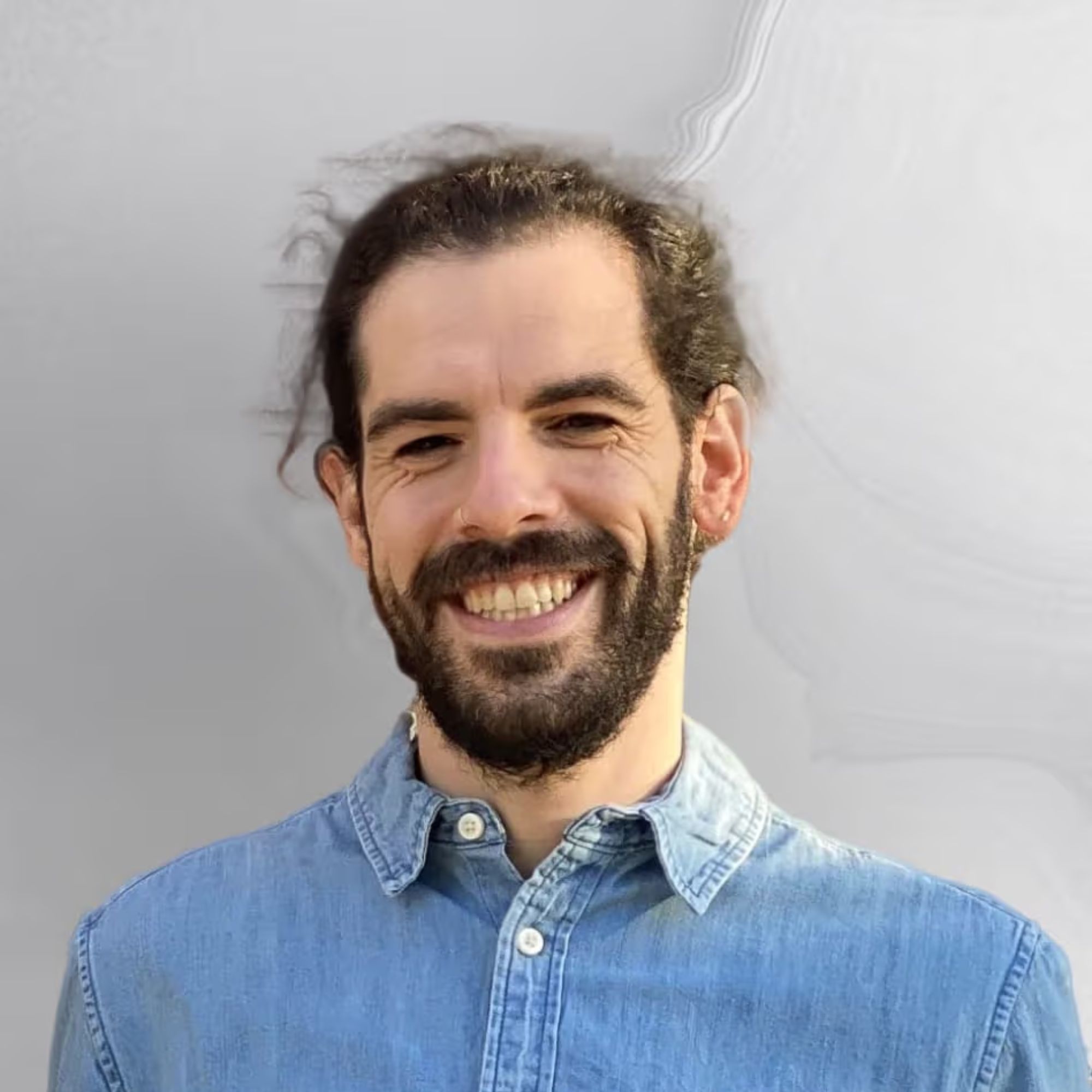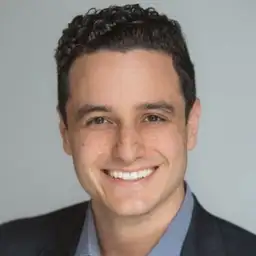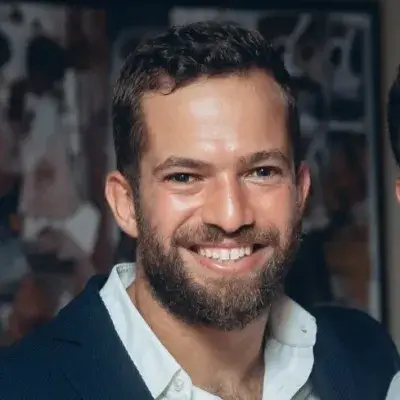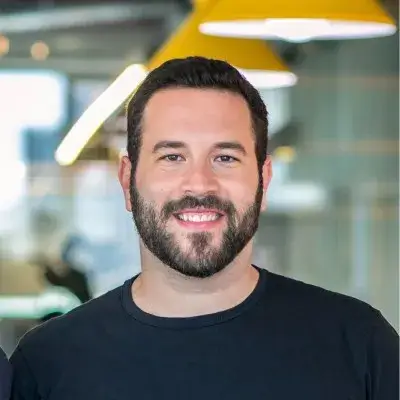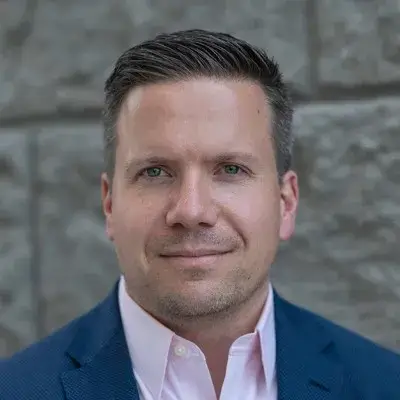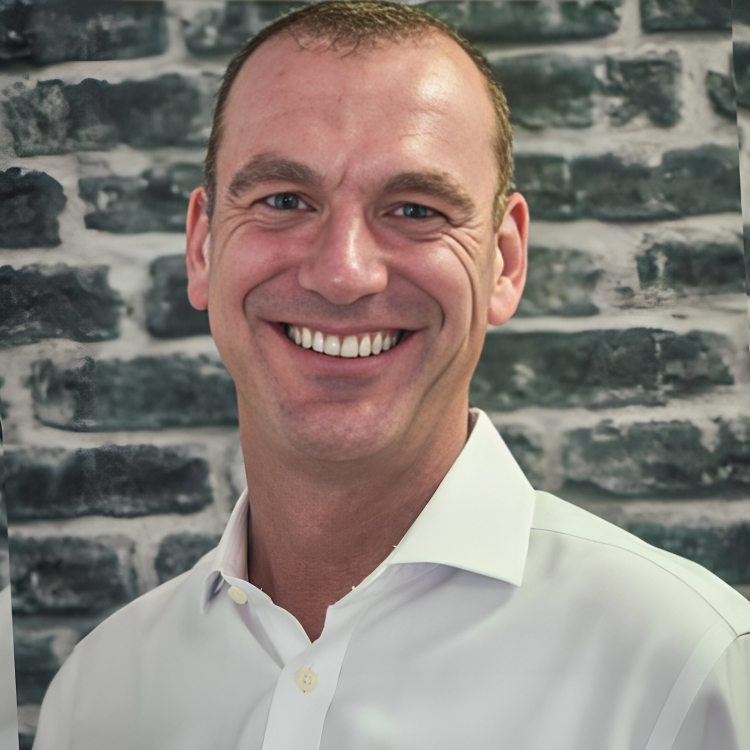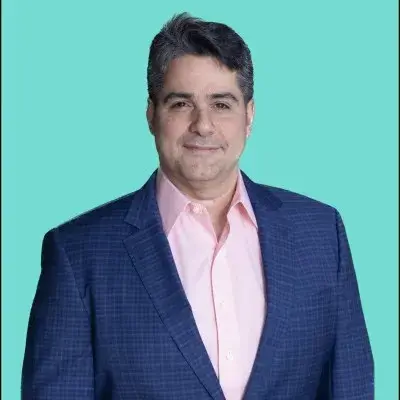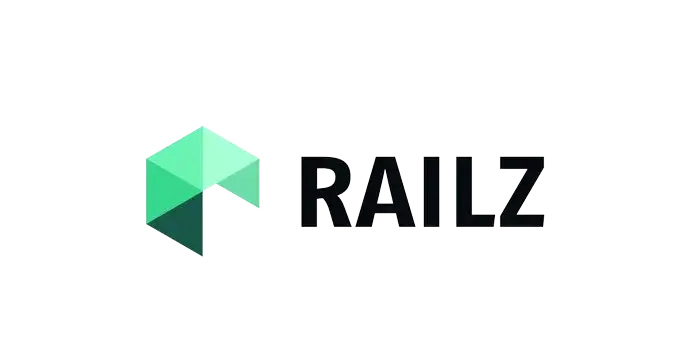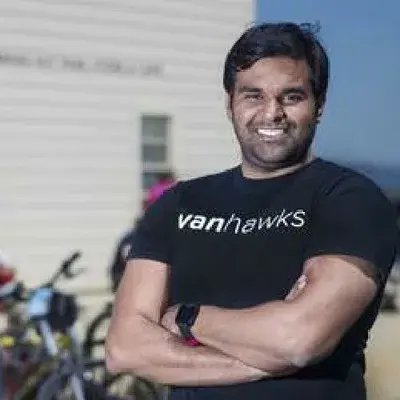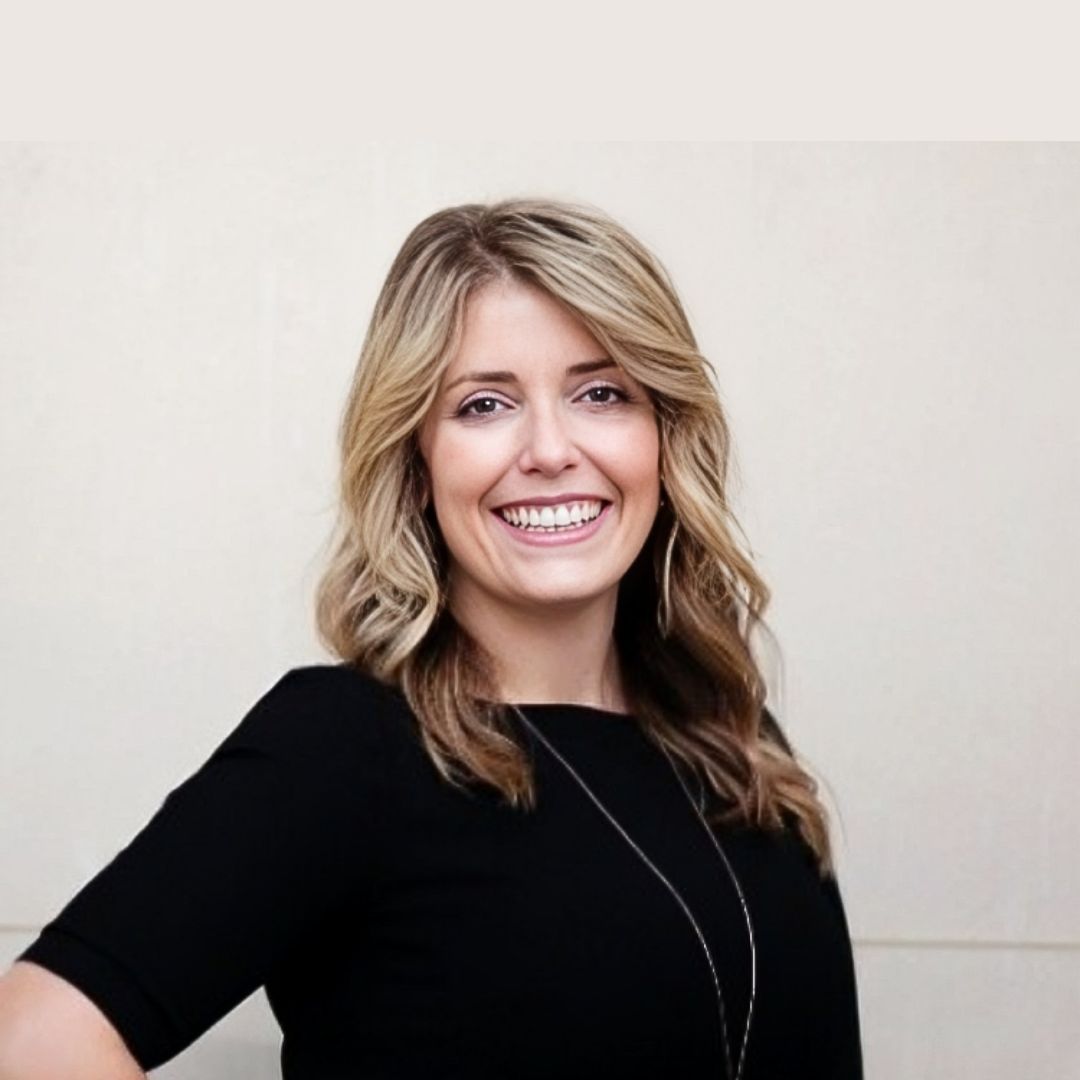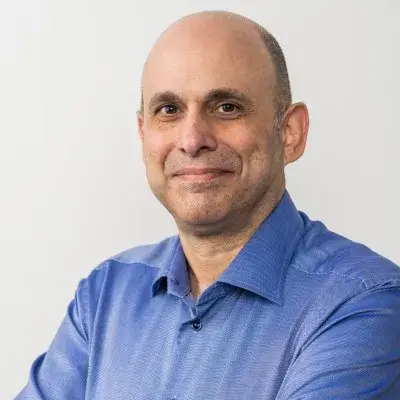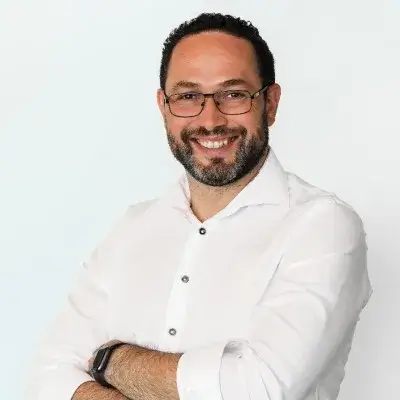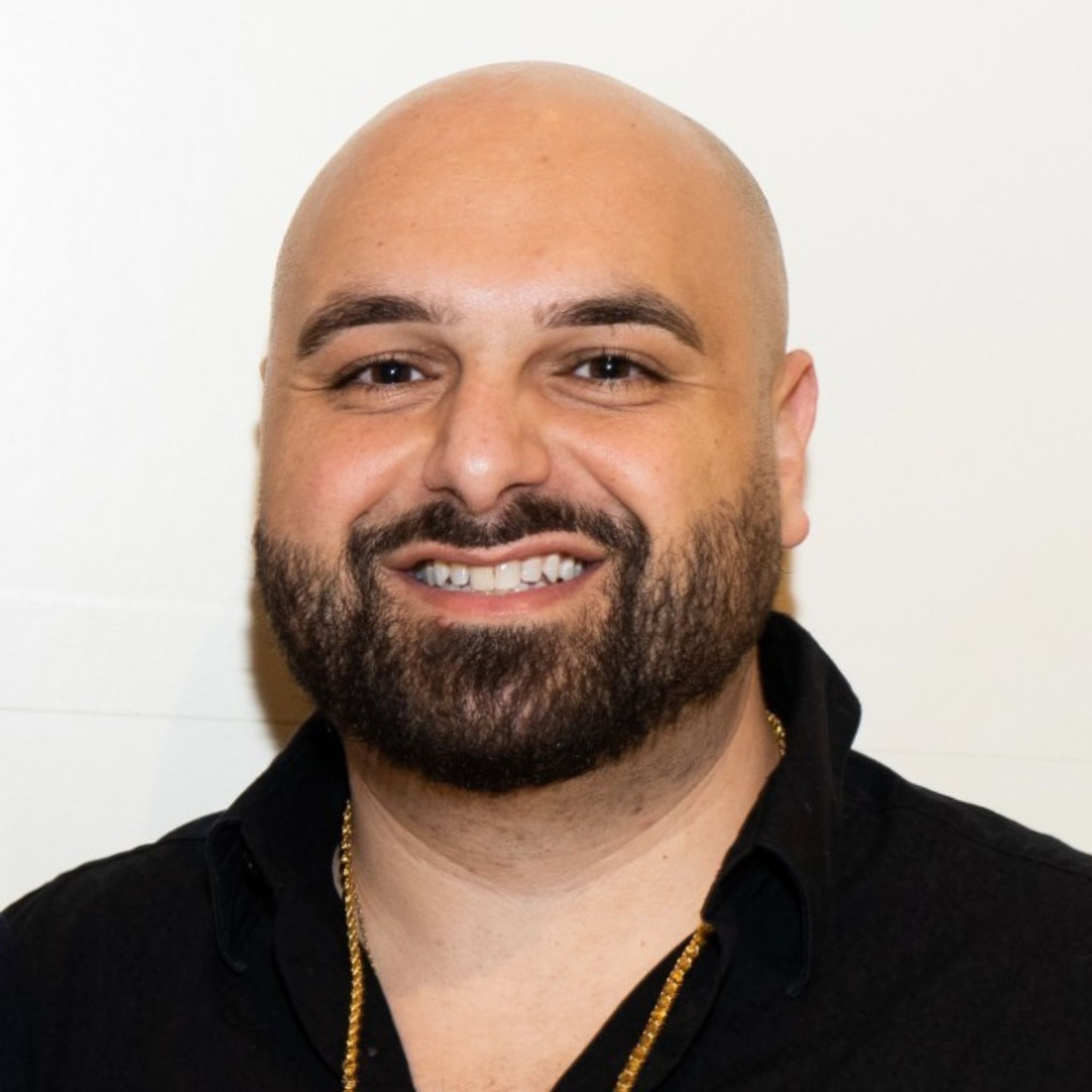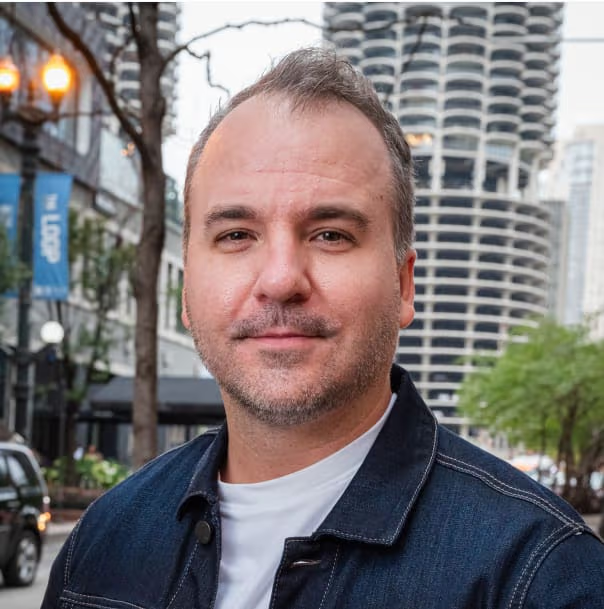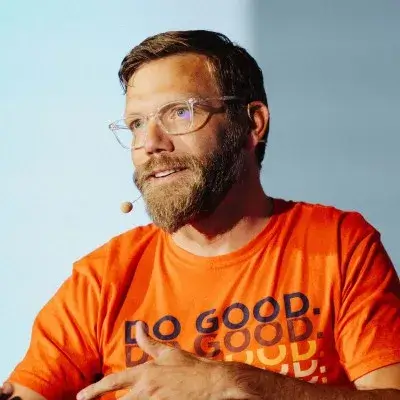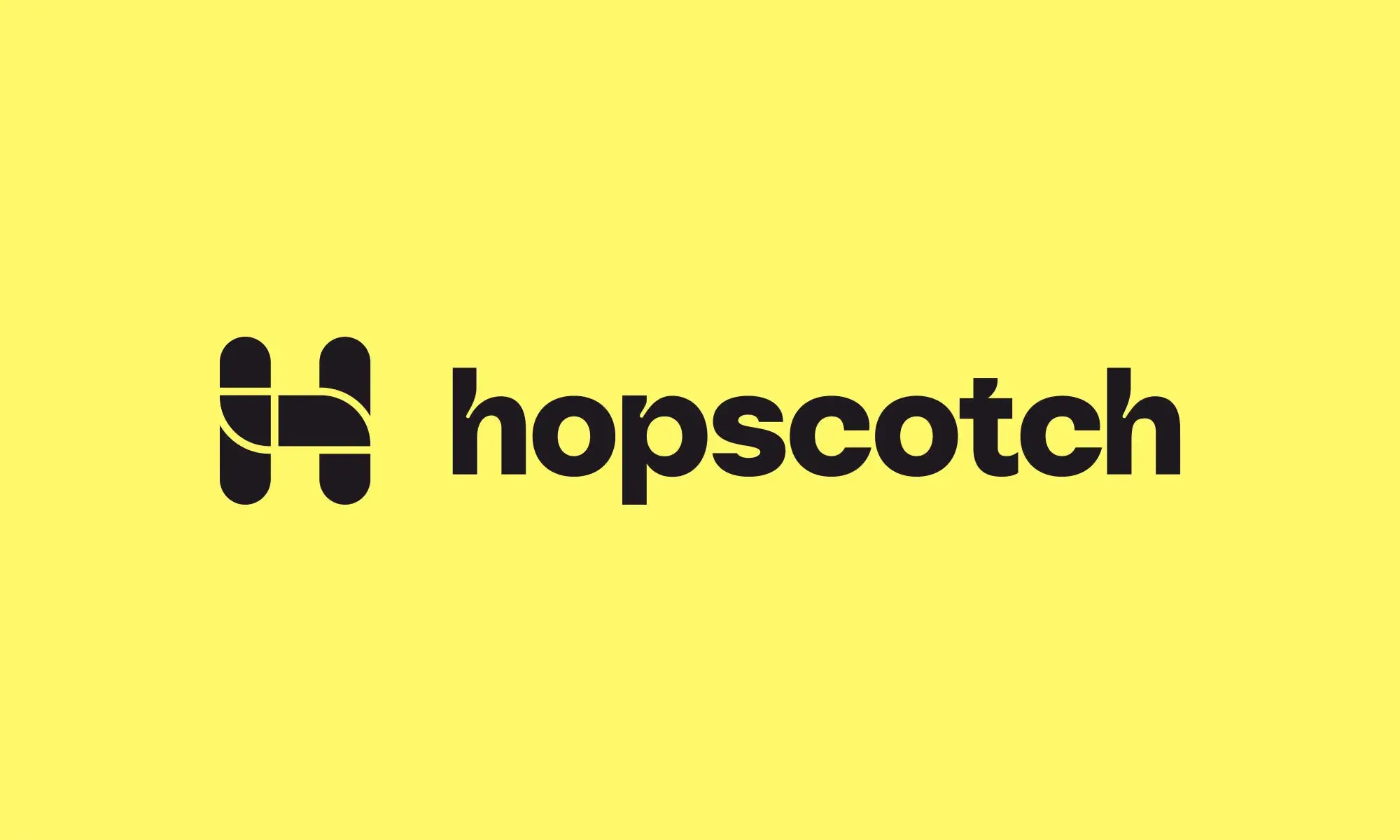Ready to launch your own podcast? Book a strategy call.
Frontlines.io | Where B2B Founders Talk GTM.
Strategic Communications Advisory For Visionary Founders
Conversation
Highlights
The Hidden Complexity of Building Payment Infrastructure: Lessons from Orum’s Journey
Most founders know the classic startup playbook: build an MVP, launch a waitlist, and iterate based on early user feedback. But in a recent Category Visionaries episode, Orum founder Stephany Kirkpatrick revealed why infrastructure companies need to throw that playbook out the window.
The journey began with a fundamental insight about financial behavior. As a former financial planner, Stephany noticed that even excellent financial advice often went unheeded because people feared losing access to their money in emergencies. This observation pointed to a deeper infrastructure problem: the disconnect between real-time customer expectations and the archaic reality of payment processing.
“You’re in San Francisco, I’m in New York right now. We could get a massage on demand in our houses in under an hour,” Stephany notes. “If we want to get our money from point A to point B, we’re talking about five to seven days without a product like what Orum has.”
But solving this infrastructure challenge required rethinking conventional startup wisdom. Coming from a consumer tech background, Stephany initially tried applying familiar growth tactics: “Initially it was really interesting for me, who exclusively has a consumer background in tech, to go, oh, this concept of a waitlist, maybe it works for SaaS products, but it doesn’t necessarily work in Payments because you have to have a complete thing.”
This reveals a crucial truth about infrastructure products: they demand a higher threshold of completeness before launch. While the concept of MVP still applies, Stephany explains that “we might apply the Minimum Viable Product MVP concept to it, meaning it doesn’t have parity with a bank, for example, but it’s also not supposed to, but it also can’t stop functioning.”
The sales process presented its own unique challenges. How do you demonstrate the value of an API? Stephany’s team discovered that showing the end customer experience was key: “What we’ve learned is that if you build a demo that shows the customer experience from an app perspective or a business user perspective, people go, ‘oh, I get it.'”
This insight touches on a broader truth about infrastructure sales: buyers need to see beyond the technical specifications to understand the transformative impact on their business. It’s not enough to explain how the API works – you need to show how it enables entirely new customer experiences.
The go-to-market evolution didn’t stop there. “Even recently, I would say we’ve learned a lot about how we, one, we’re structuring pricing, and two, how were positioning it. They’re two different things,” Stephany shares. This ongoing refinement of pricing and positioning reflects the challenge of selling infrastructure that enables net new categories of innovation.
Perhaps most importantly, Orum’s journey highlights why infrastructure companies need a longer-term vision that extends beyond immediate market needs. As Stephany explains, “We really feel like we’re enablers of what will become net new categories of innovation and infrastructure that goes beyond just the payments piece.”
This focus on enabling future innovation shapes everything from product development to market positioning. It’s not just about solving today’s payment problems – it’s about asking deeper questions like “what role does identity and fraud and thus data around those two vectors play in ultimately optimizing both payments and financial services in the future?”
The lesson for founders? Building infrastructure requires a fundamentally different approach than consumer or SaaS products. You need more complete initial offerings, sophisticated GTM motions that can evolve with the market, and a vision that encompasses both current needs and future possibilities.
As Stephany puts it, “It’s a whole new frontier when you stop having to ask how or how fast to move money.” This frontier demands new playbooks – ones that acknowledge the unique challenges of selling complex technical solutions while painting a vision of transformed possibilities.
Actionable
Takeaways
Address the Root Causes of Underrepresentation:
While there is increased intent to fund female-founded startups, Stephany believes that the lack of women in tech entrepreneurship stems from a deeper supply problem. To create generational change, we need to invest in exposing girls to STEM, computer science, and technology from an early age, enabling them to become future founders and leaders.
Build a Complete Solution Before Going to Market:
In the payments space, having a minimum viable product (MVP) is not enough. Customers need to experience a fully functioning solution before they are willing to switch providers. Focus on building a complete offering that demonstrates your unique value proposition and differentiates you from competitors.
Adapt Your Go-to-Market Strategy to the B2B Landscape:
Coming from a consumer background, Stephany had to learn and iterate on her approach to B2B sales and marketing. From creating compelling demos that showcase the customer experience to structuring flexible pricing models, founders need to continuously adapt to the needs of their target market.
Enable New Categories Through Infrastructure Innovation:
While Orum currently sits at the intersection of payments infrastructure and financial services infrastructure, the company's long-term vision is to enable entirely new categories of innovation by rewriting the underlying infrastructure layer. By solving fundamental constraints, they aim to empower their clients to build groundbreaking products and services.
Pursue a Vision of Empowerment and Inclusion:
Orum's ultimate goal is to power a better financial system where everyone has the freedom to build to their potential. By providing the scaffolding for a new financial infrastructure, they seek to inspire new habits and possibilities, embolden their partners and users, and create a more inclusive framework for financial services.




